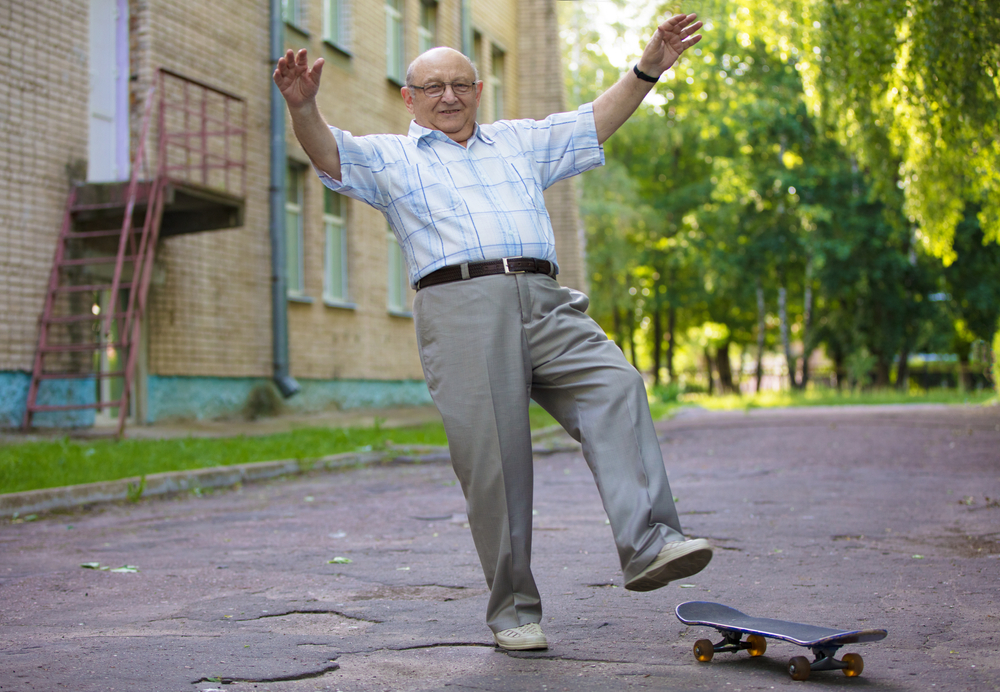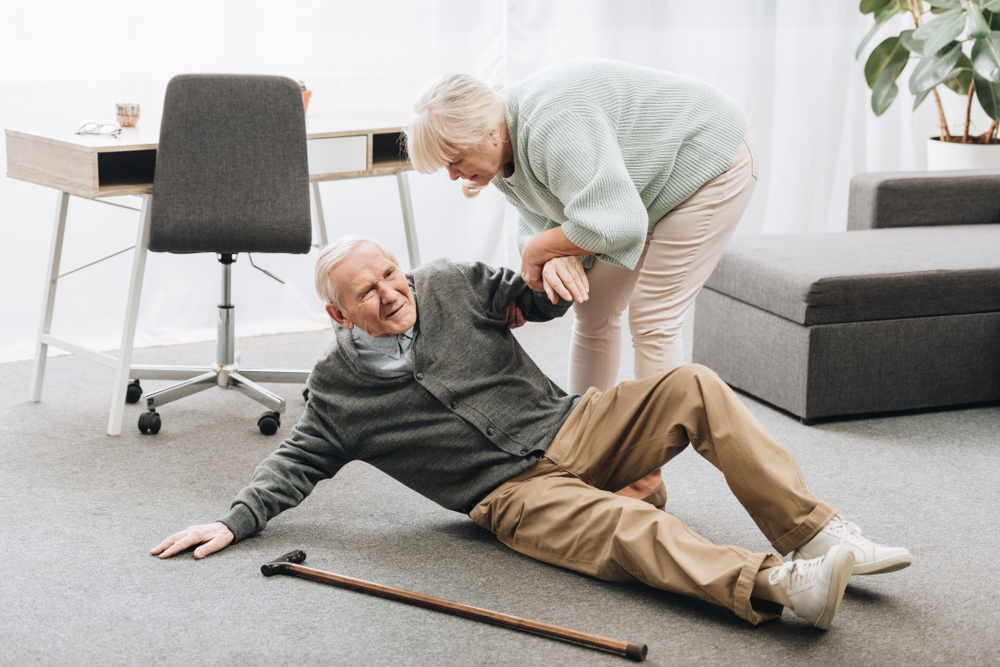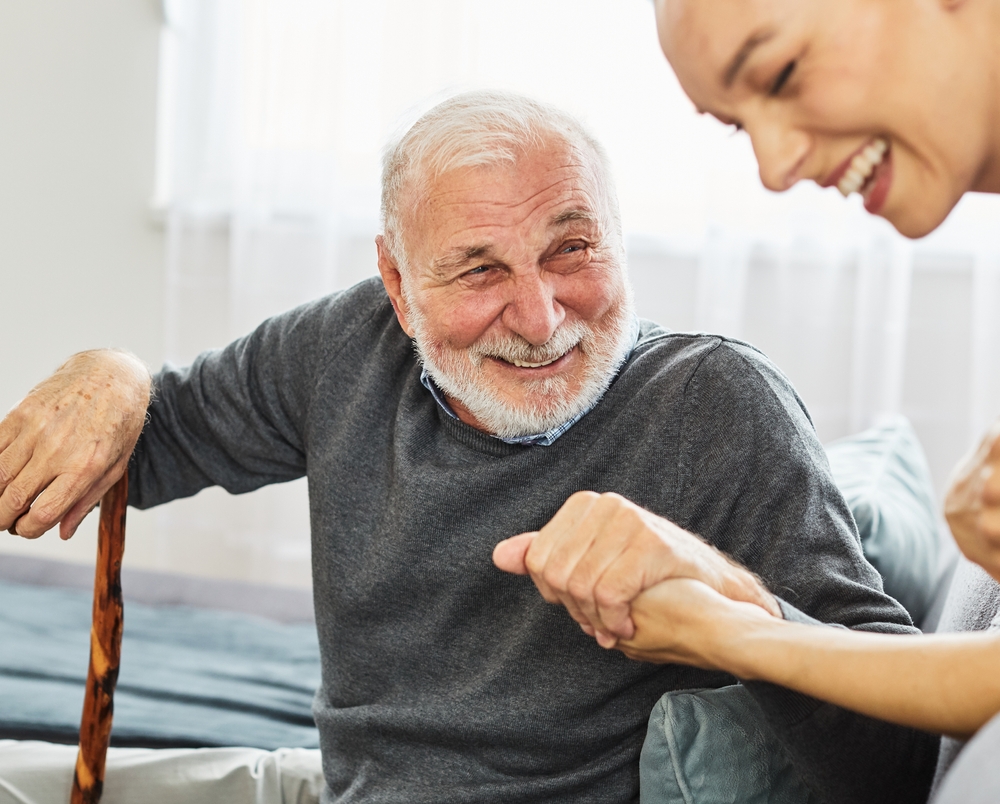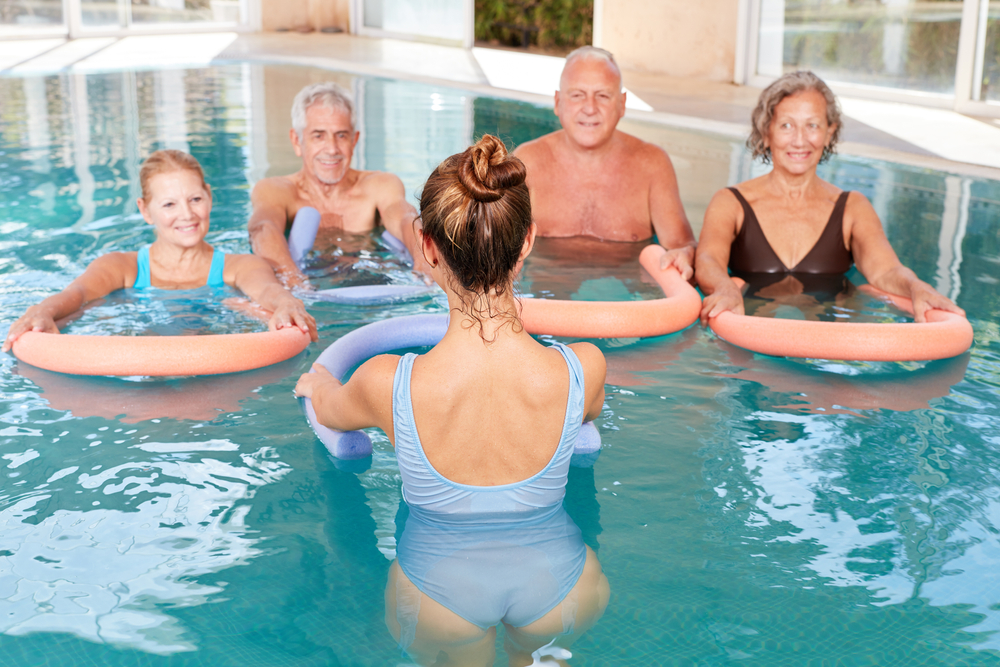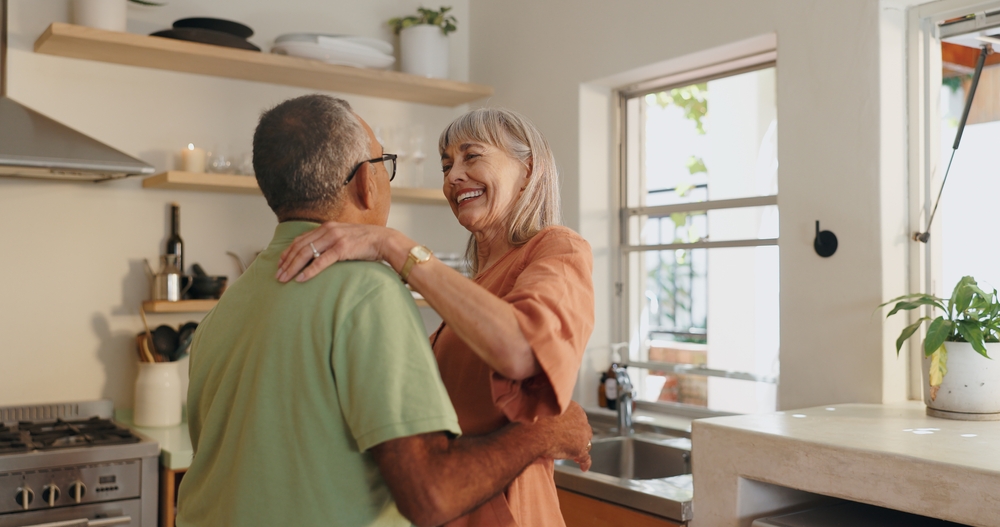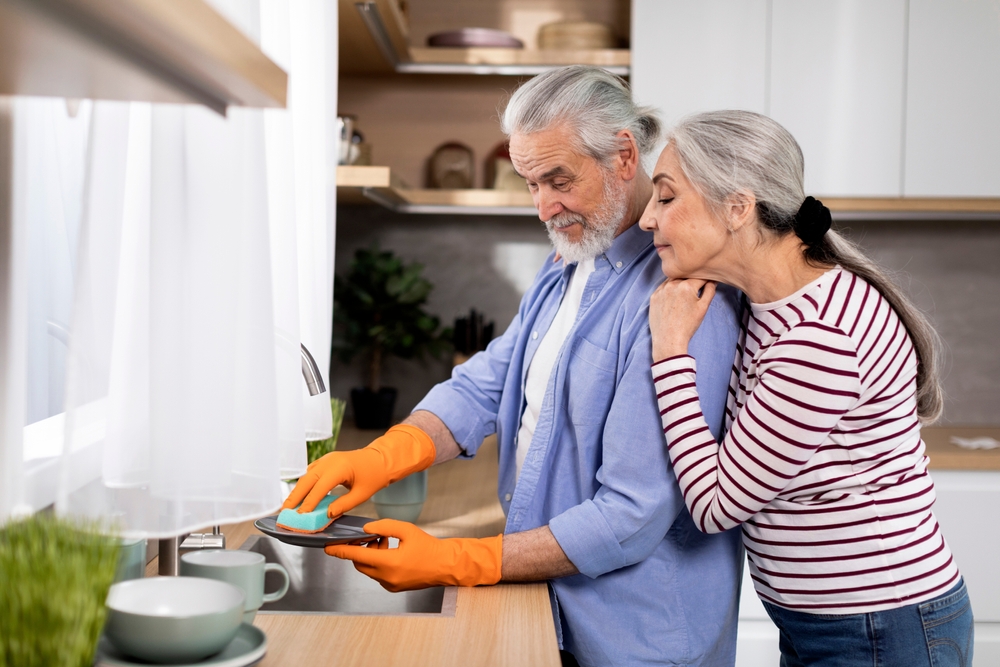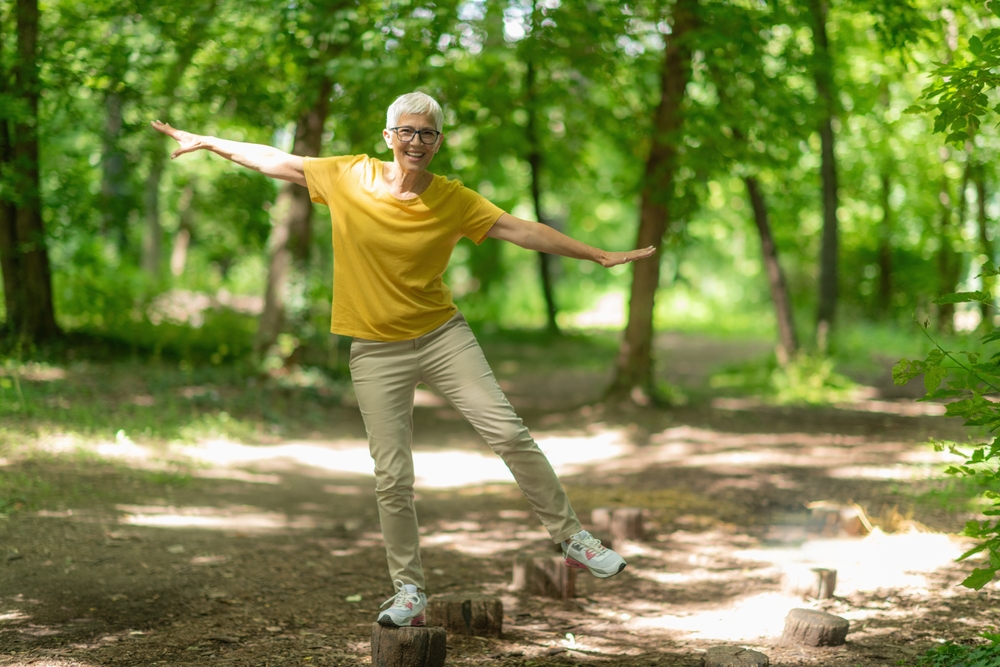Make an Appointment
Living alone offers independence and freedom, but for seniors it also comes with unique challenges, especially the risk of falls. One in three older adults experiences a fall each year, and these incidents can lead to injuries, loss of confidence, or even hospital stays.
If you or a loved one lives alone, you may wonder:
- How can I prevent falls at home?
- What are the best strategies for keeping safe?
- What are the 4P’s or 5P’s of falls prevention I keep hearing about?
The good news is that many falls can be prevented with the right strategies. Small changes in the home, regular strength and balance exercises, and proper use of assistive devices can make a big difference.
In this guide, we’ll explain the top 10 falls prevention strategies for seniors living alone, explore the 4P’s and 5P’s of falls prevention, and share how allied health professionals can help you stay safe, active, and confident at home.
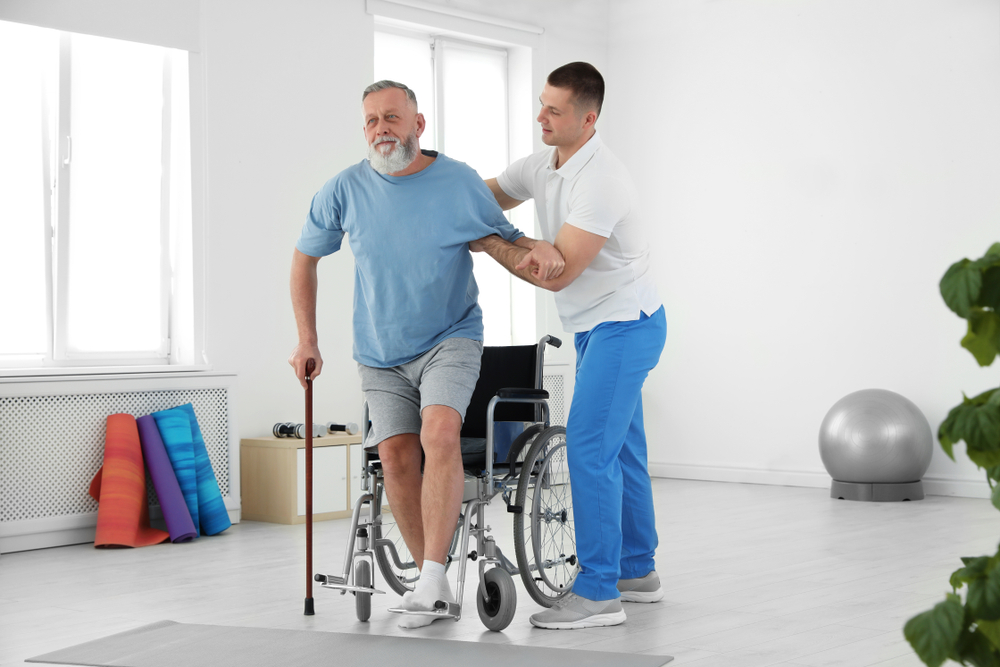
Why Falls Happen in Older Adults
Before looking at prevention strategies, it’s important to understand why falls are more common in older adults.
As we age, several factors increase the risk:
Reduced muscle strength and balance
Weak leg muscles and slower reflexes make it harder to recover from a slip or trip.
Vision changes
Poor lighting or glare can make it difficult to see obstacles.
Medications
Some medications cause dizziness, drowsiness, or low blood pressure, increasing fall risk.
Chronic health conditions
Arthritis, Parkinson’s disease, or diabetes can affect mobility and coordination.
Unsafe home environments
Clutter, loose rugs, slippery floors, and stairs without railings all contribute to accidents.
Understanding these risk factors helps guide what modifications or strategies are needed. Falls are not an inevitable part of ageing—most can be prevented with a proactive approach.
For more on ageing and fall risk, see Better Health Victoria’s guide on preventing falls.
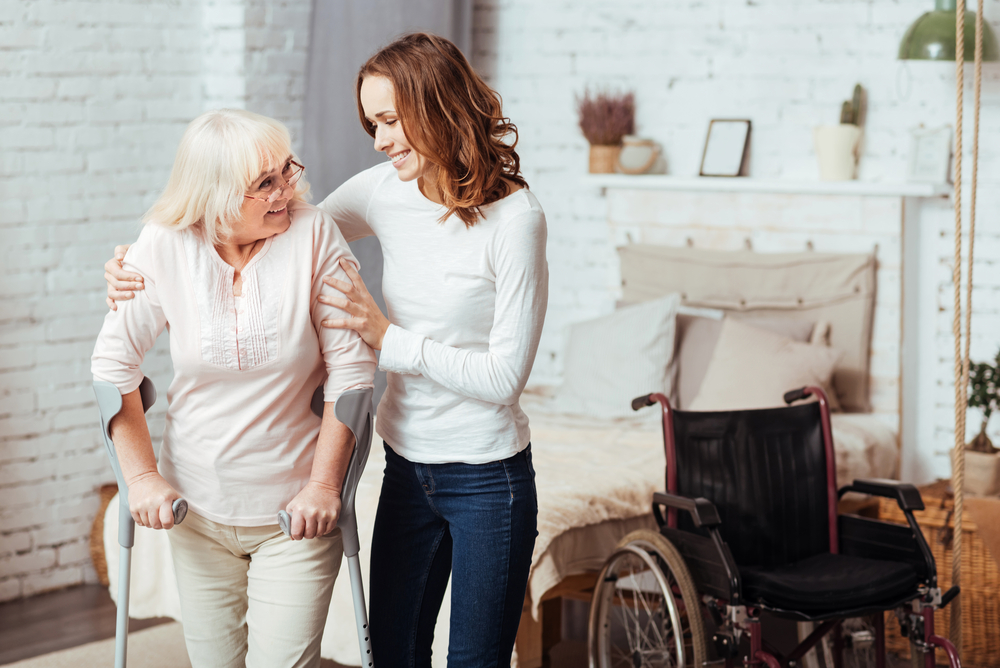
Top 10 Falls Prevention Strategies for Seniors Living Alone
Here are ten practical steps to stay safe and independent at home.
1. Remove Tripping Hazards
- Clear clutter from hallways and walkways.
- Secure loose rugs with non-slip backing or remove them entirely.
- Keep electrical cords along walls and out of pathways.
2. Improve Home Lighting
- Install bright, energy-efficient bulbs in all rooms.
- Add night lights in hallways, bathrooms, and bedrooms.
- Use motion-sensor lights so you’re never walking in the dark.
3. Install Grab Bars and Railings
- Add grab bars in bathrooms near toilets and showers.
- Ensure staircases have sturdy handrails on both sides.
- Consider a rail near the bed for easier transfers.
4. Use Non-Slip Flooring
- Place non-slip mats in the bathroom and kitchen.
- Avoid waxed or highly polished floors that can become slippery.
5. Wear Proper Footwear
- Choose shoes with non-slip soles that fit well.
- Avoid slippers without grip or walking barefoot on smooth floors.
6. Keep Items Within Easy Reach
- Store everyday items at waist height to avoid bending or climbing.
- Use a reacher tool instead of stretching or using step stools.
7. Stay Active with Strength and Balance Exercises
- Gentle exercises like tai chi, yoga, or physiotherapy programs improve balance and coordination.
- Even simple seated leg raises and standing marches build strength.
For a personalised exercise plan, visit our Physiotherapy services.
8. Review Medications
- Ask your GP or pharmacist to review medications for side effects like dizziness or drowsiness.
- Never stop taking prescribed medicine without medical advice.
9. Have Regular Vision and Hearing Checks
- Update glasses prescriptions as needed.
- Good hearing can also improve balance and awareness of surroundings.
10. Consider a Personal Alarm System
- Wearable emergency alarms can alert family or services if you fall.
- Some alarms detect falls automatically and send for help.
For more simple home safety ideas, see our Occupational Therapy services.
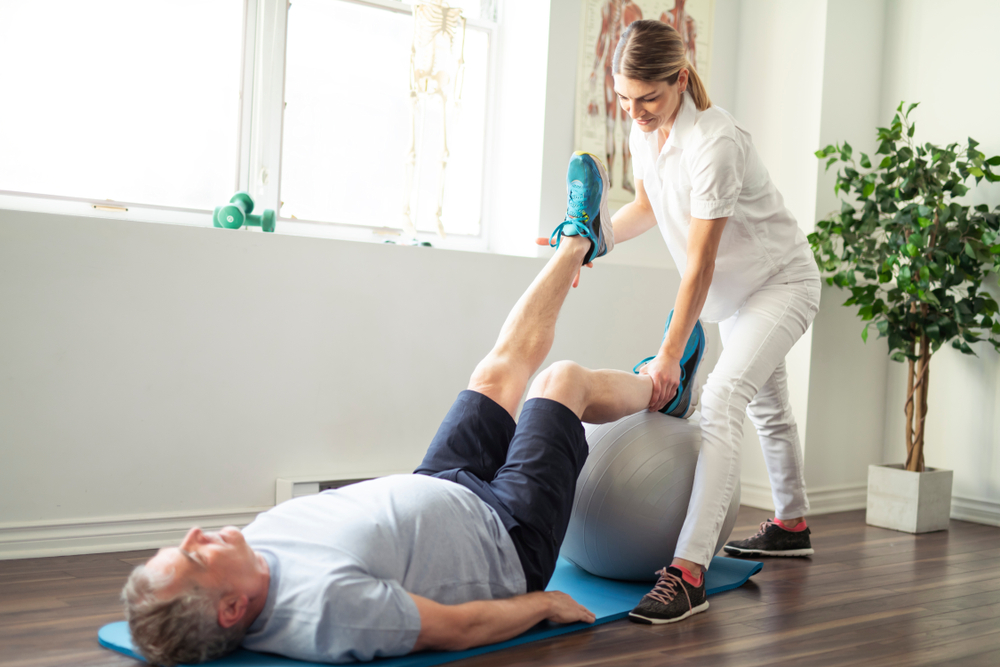
Understanding the 4P’s and 5P’s of Falls Prevention
You may have heard health professionals talk about the 4P’s or 5P’s of falls prevention. These are simple prompts to help check for fall risks in daily routines.
The 4P’s of Falls Prevention
- Pain – Is pain affecting how you move, stand, or walk?
- Position – Are you changing positions safely, such as standing up slowly to avoid dizziness?
- Personal Needs – Are you rushing to the toilet or another room, increasing the chance of tripping?
- Placement of Items – Are essential items like phones, remotes, or water bottles within easy reach?
The 5P’s of Falls Prevention
The 5P’s include all of the above, plus:
- Plan – Have you planned movements carefully, such as making sure pathways are clear and well-lit before you walk?
These simple checks can prevent unnecessary risks, especially for seniors living alone.
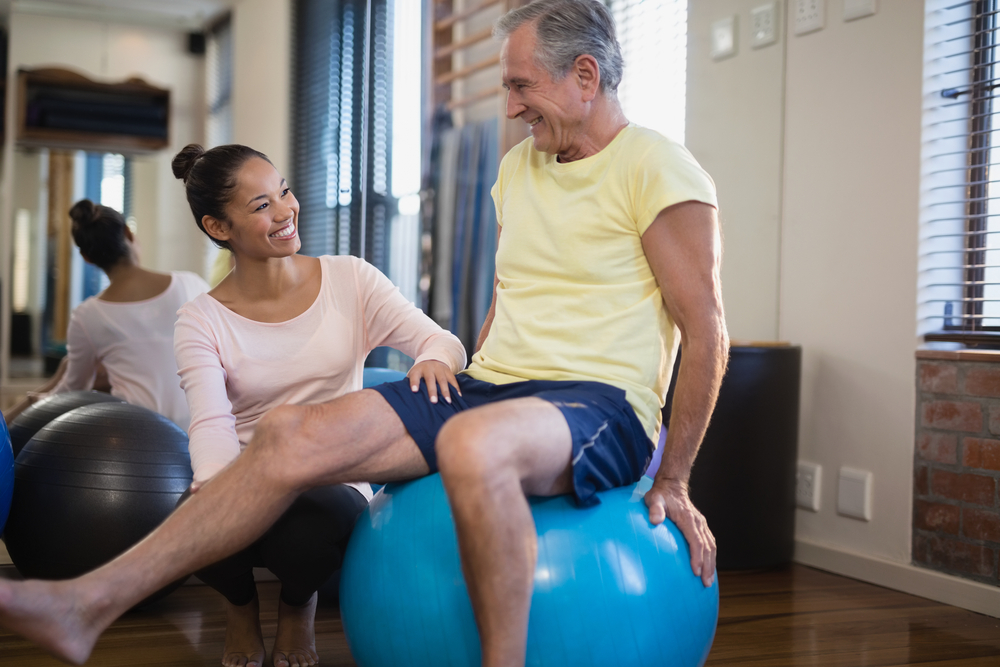
How Allied Health Professionals Can Help with Falls Prevention
Falls prevention is most effective when tailored to individual needs. Physiotherapists and occupational therapists play a key role in keeping seniors safe at home.
How Physiotherapists Help
- Assess balance, strength, and mobility.
- Prescribe safe, tailored exercises to improve stability.
- Teach techniques for safe walking and transfers.
How Occupational Therapists Help
- Assess the home for safety risks and recommend modifications.
- Suggest adaptive equipment like shower chairs, grab bars, and non-slip mats.
- Provide education on safe daily routines and movement strategies.
NDIS and Home Care Funding
If you’re eligible for the NDIS or a Home Care Package, funding may cover physiotherapy, occupational therapy, and certain home modifications or assistive equipment.
For more details, visit the NDIS
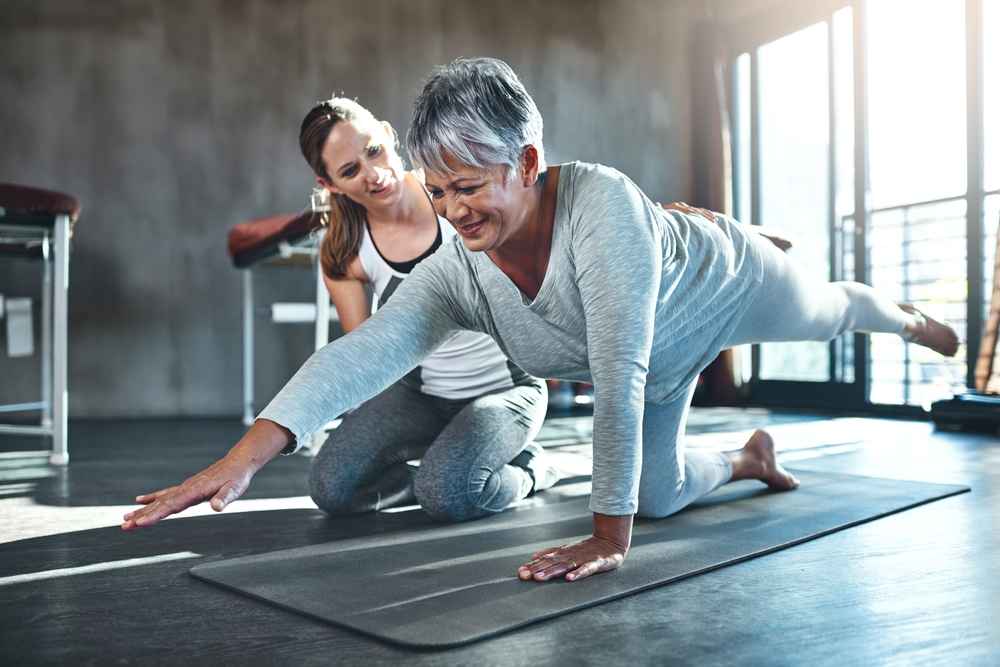
Frequently Asked Questions (FAQs)
What are the 5P’s of falls prevention?
Pain, Position, Personal needs, Placement of items, and Plan. They’re simple checks to reduce fall risks during daily activities.
How do you prevent falls at home in the elderly?
Remove hazards, improve lighting, use grab rails, wear supportive footwear, and stay active with strength and balance exercises.
What are the 4P’s of falls prevention?
Pain, Position, Personal needs, and Placement of items, essential reminders to stay safe when moving around.
What are some strategies for fall prevention in older adults?
Home modifications, regular exercise, medication reviews, vision checks, and personal alarms are some of the most effective strategies.
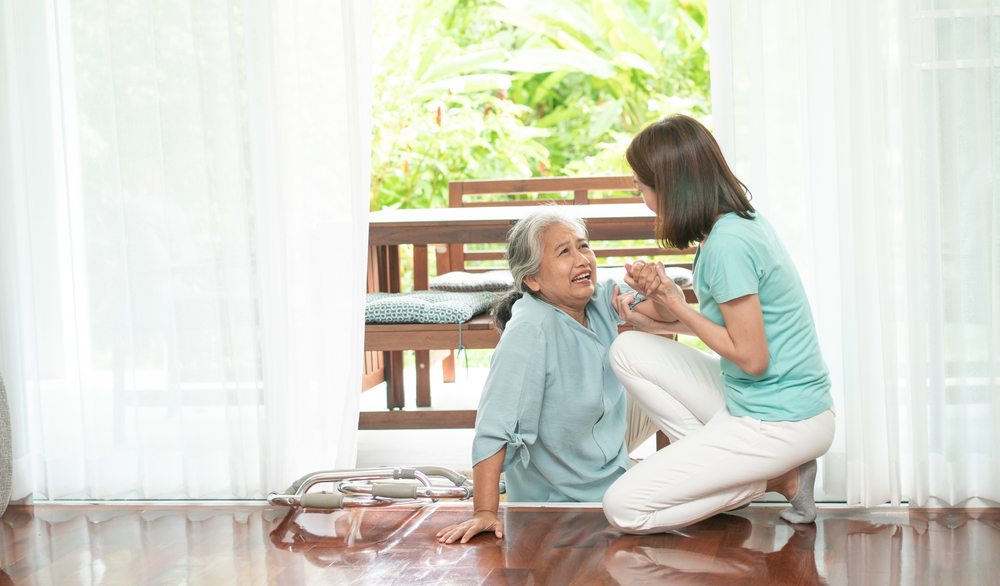
Falls don’t have to be an inevitable part of ageing. With simple home safety changes, regular exercise, and support from physiotherapists and occupational therapists, seniors living alone can stay independent and confident.
Next Step
If you or a loved one want a personalised falls prevention plan, you can refer them for a physiotherapy or occupational therapy assessment with our team.
Refer someone for an appointment
Our therapists will assess mobility, review home safety, and provide tailored strategies to reduce fall risks and improve confidence at home.

Date Published: Thursday, August 21, 2025
Locate a Aged Care Physiotherapy
Service Near me
Get the experience & convinence you deserve to support your or a loved one's allied health needs.
Our Aged Care Physiotherapy team are currently serving & taking appointments in the following states and regions in Australia:
Need to get into direct contact with ur Client Services team? We're all ears. Call our team directly on 1300 731 733
